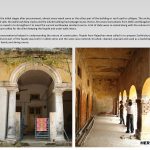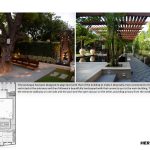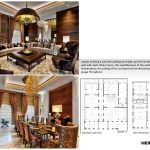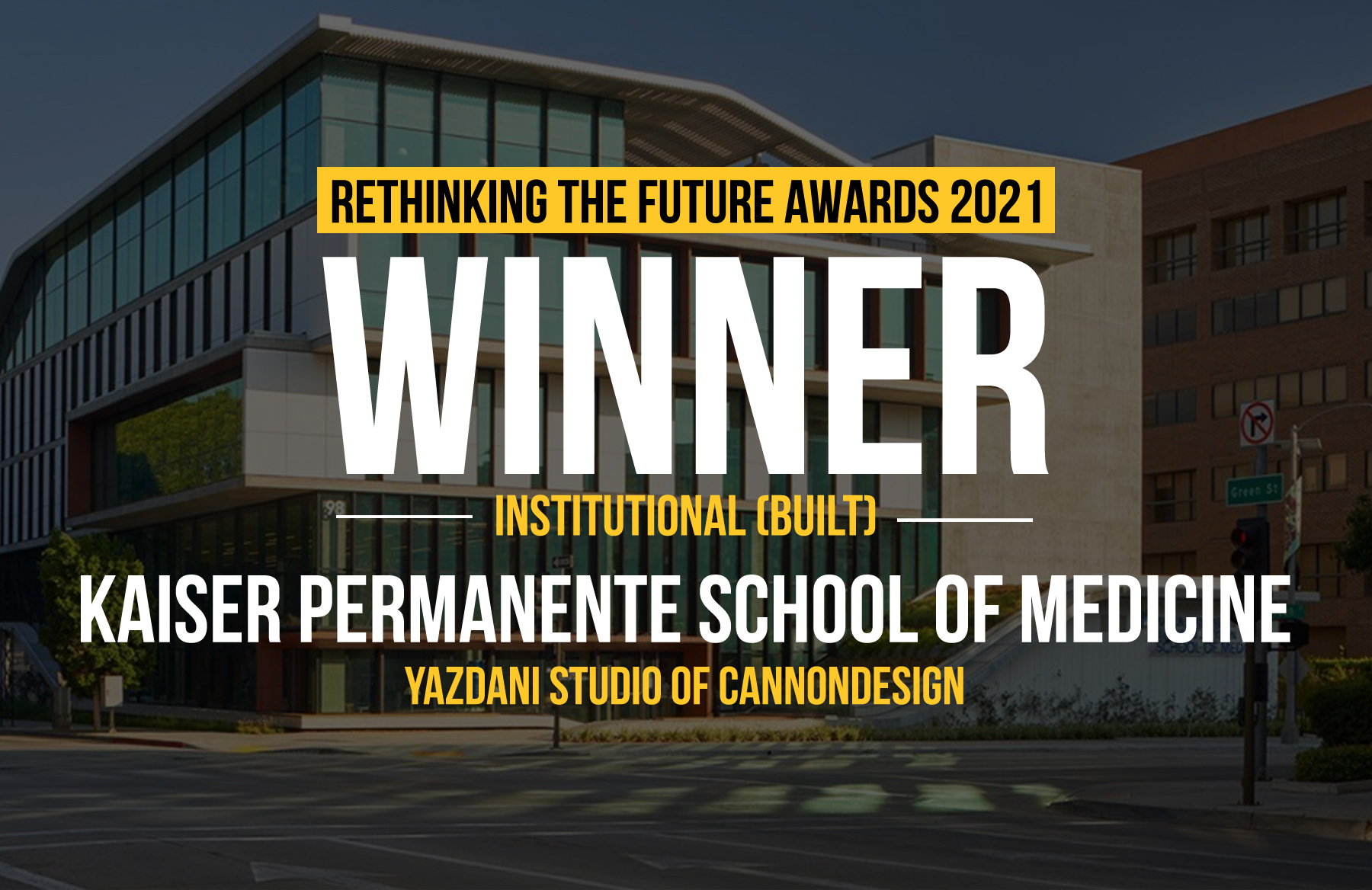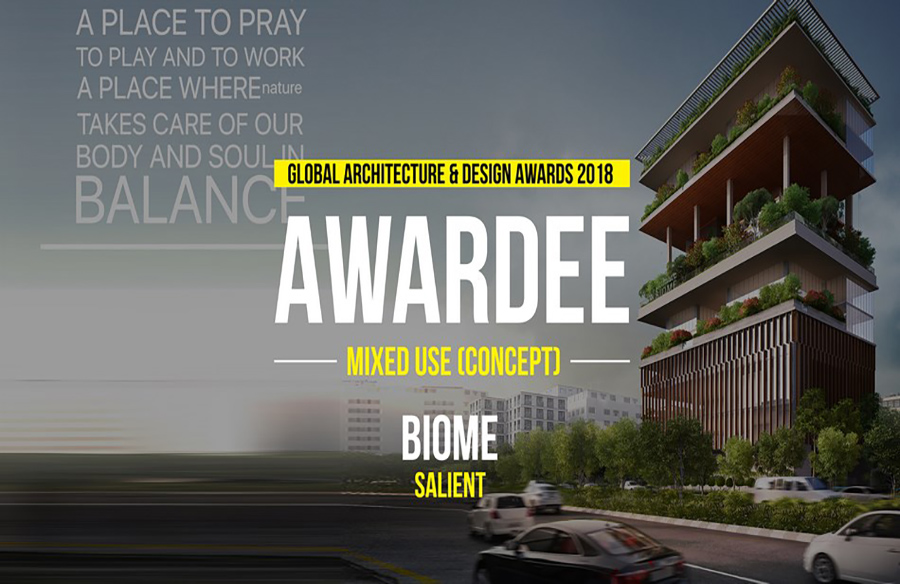The site is part of a 6600 sq.yds plot located in the heart of Civil Lines, Delhi, India. The 140 feet long façade of the existing heritage dilapidated building dominated the site for the last 50-60 years. The structure was declared a heritage building by Urban Arts Commission.
Re-Thinking The Future Awards 2015
Second Award | Residential Private House (Built)
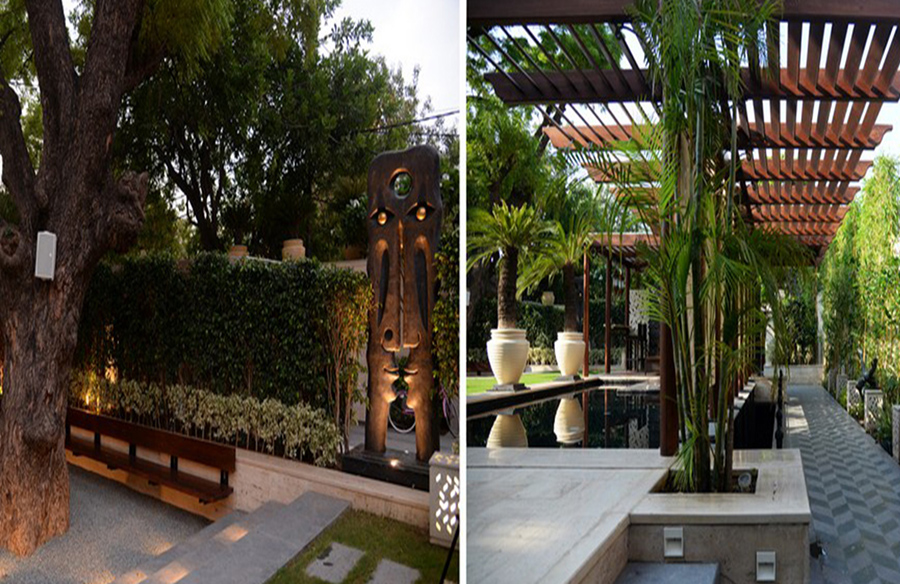
| Project Details | |
| Firm Name: | Urbanscape |
| Participant Name: | Dinesh Panwar |
| Country: | India |
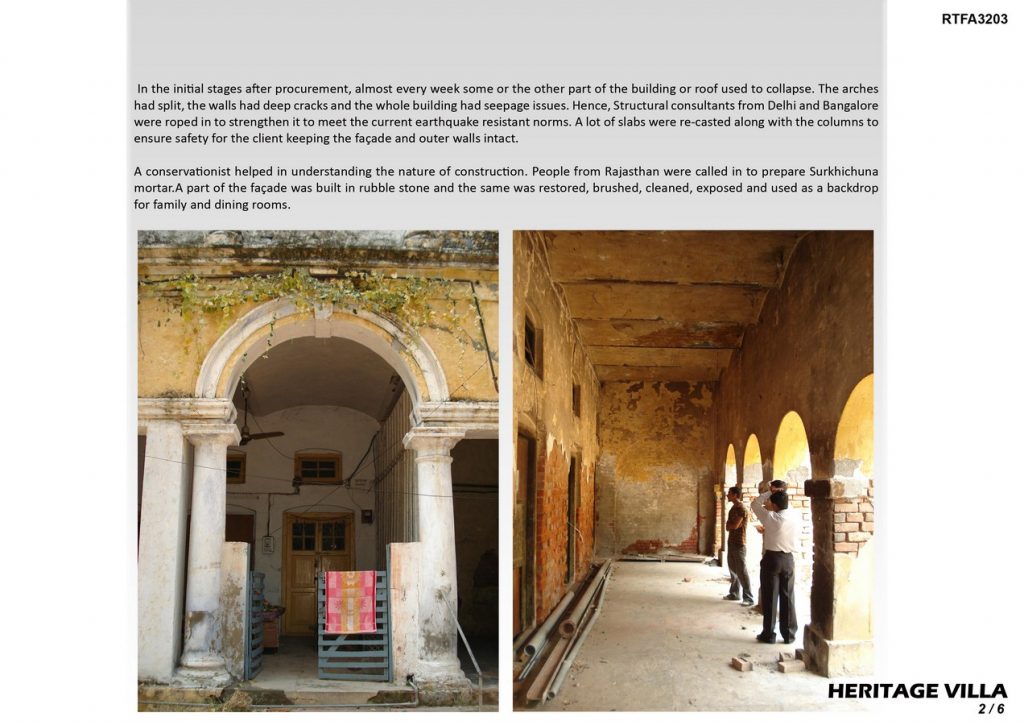
©Urbanscape
Our vision was to recreate the aura of a pre independence colonial building with the current requirements of a modern industrialist family. The idea was to inculcate the sense of timelessness through detailing, scale and materials. This former use of the building as a guesthouse had a number of small rooms dividing the entire floor plate. The client wanted a lot of sunlight and visual connectivity throughout the house.
In the initial stages after procurement, almost every week some or the other part of the building or roof used to collapse. The arches had split, the walls had deep cracks and the whole building had seepage issues. Hence, Structural consultants from Delhi and Bangalore were roped in to strengthen it to meet the current earthquake resistant norms. A lot of slabs were re-casted along with the columns to ensure safety for the client keeping the façade and outer walls intact.
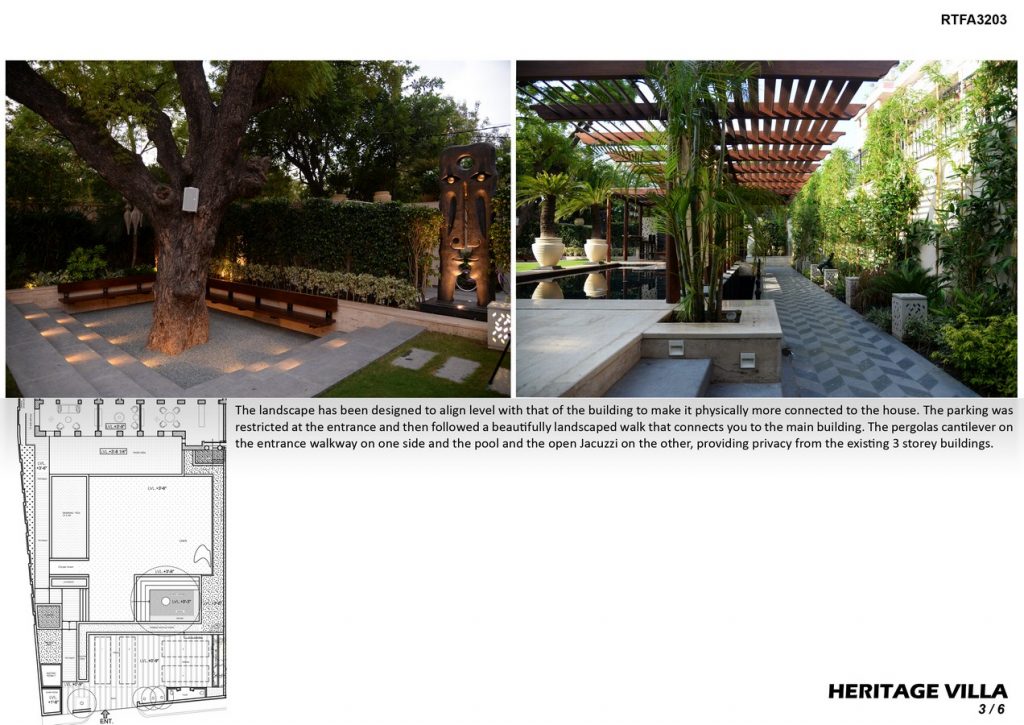
©Urbanscape
A conservationist helped in understanding the nature of construction. People from Rajasthan were called in to prepare Surkhichuna mortar. A part of the façade was built in rubble stone and the same was restored, brushed, cleaned, exposed and used as a backdrop for family and dining rooms.
The landscape has been designed to align level with that of the building to make it physically more connected to the house. The parking was restricted at the entrance and then followed a beautifully landscaped walk that connects you to the main building. The pergolas cantilever on the entrance walkway on one side and the pool and the open Jacuzzi on the other, providing privacy from the existing 3 storey buildings. In spite of being a colonial building we made sure the inside and the outside marry well with each other, hence, the repetitiveness of the arches, the alignment of all fenestrations, the scaling of the courtyard and workmanship define the interior language throughout.
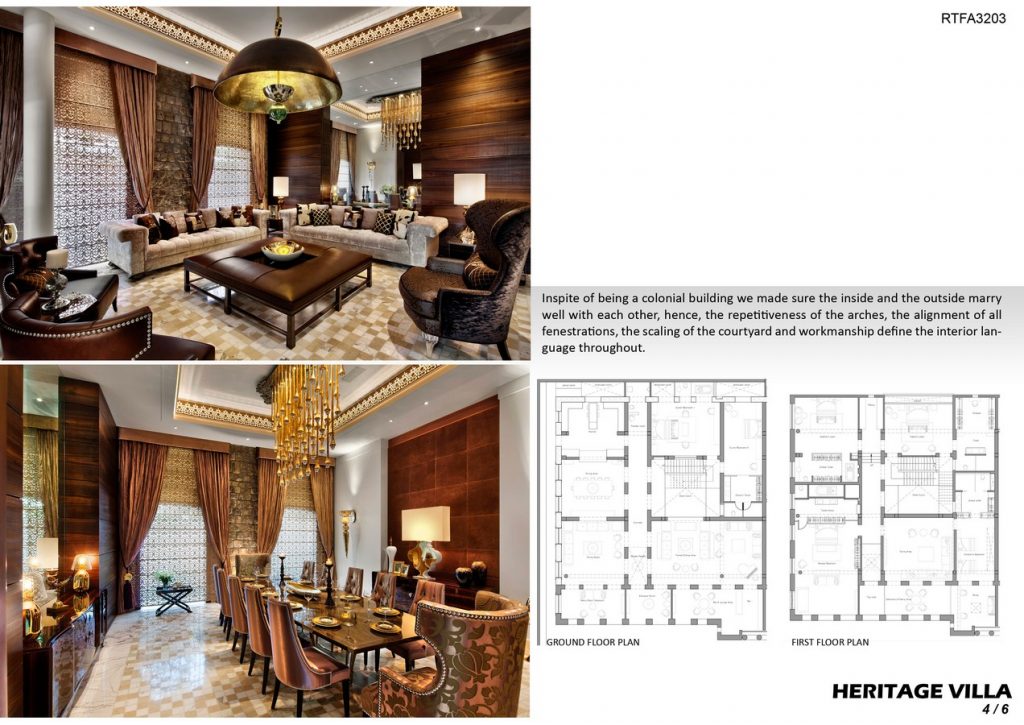
©Urbanscape
The most important feature of the entire house is the central courtyard which brings in a lot of energy and light into the house through its glass roof. This also takes care of all the vertical movement in the house, be it the wooden stairs or the glass lift. The mid landing gives access to the mezzanine floor which has a small study room and it connects you to both the floors visually and physically.
A heritage property speaks of an era it had been built in. There have been various socio political changes that have happened since then. Strict proportions, anthropomorphic motifs, details of mouldings, construction methodology was adopted while constructing these buildings. We tried to respect the architecture of the place and restore what was lost in time and worked hard towards achieving the right balance of opulence and practicality in interiors.
- ©Urbanscape
- ©Urbanscape
- ©Urbanscape

